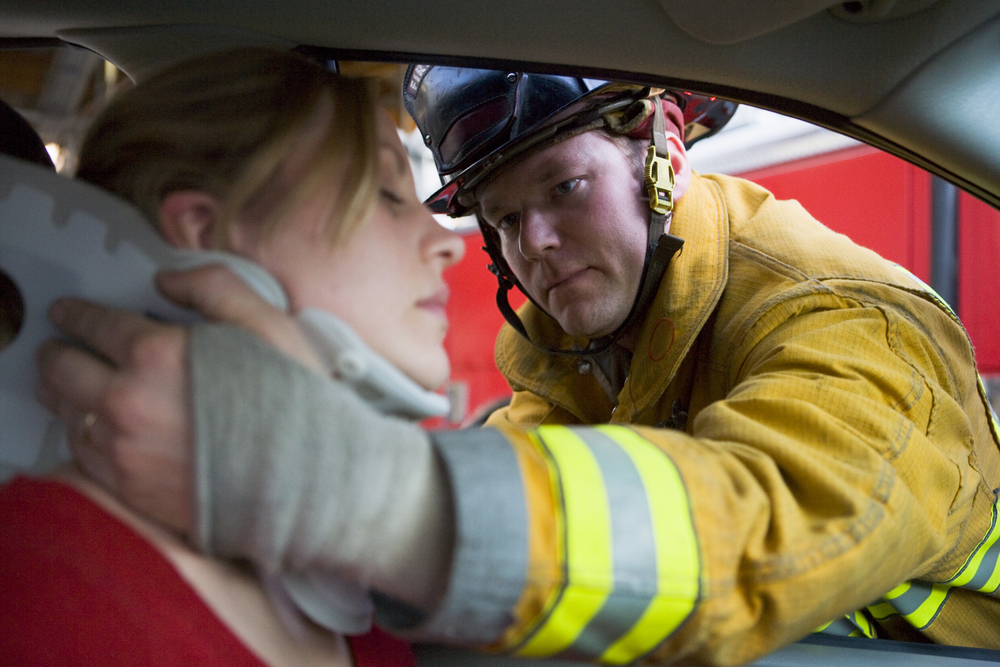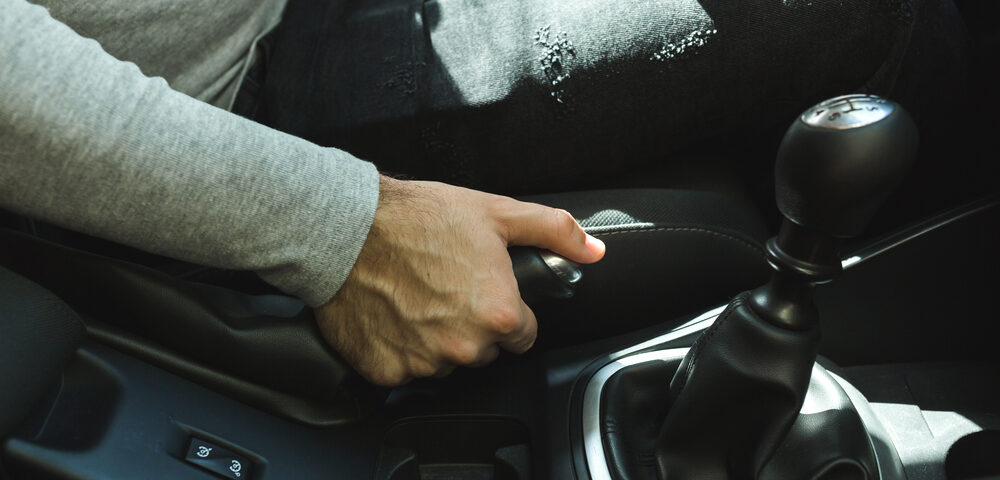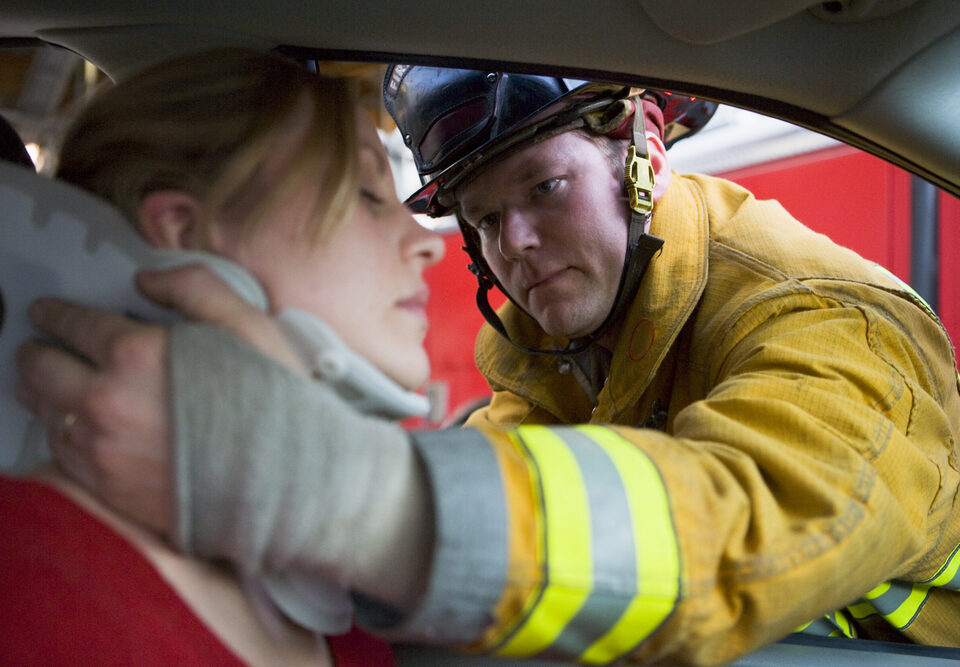
Common Injuries Sustained in an Auto Accident
December 6, 2022
All About Headache: Your Basic Guide
January 6, 2023Auto accidents are something that every driver dreads. In the United States, car accidents happen every day. In fact, according to recent statistics from the National Highway Traffic Safety Administration (NHTSA) there are about 1.3 million crashes that result in injury each year, and 37,000 people die on U.S highways annually which is a staggering statistic. As a matter of fact, it’s been reported that more than 200 thousand children under 14 years old were injured or killed in a traffic accident over the last 10 years according to data from 2008-2017 compiled by Safe Kids Worldwide.
These are the main reasons why car manufacturers continue to develop safety features to avoid auto accidents on the road. If you are planning to purchase a vehicle anytime soon, here are some new technologies worth checking out.
Automatic Emergency Braking (AEB)
Automatic Emergency Braking (AEB) has been around since 2009 and now many cars on the market come with this safety feature as standard equipment. Automatic emergency braking (AEB) systems can detect when a collision is imminent and apply the brakes automatically or otherwise reduce the severity of an impact. This system uses radar or lasers to monitor objects ahead. The system’s sensors are capable of detecting if something is in the car’s path up to about 250 meters away, which gives it plenty of time to respond with corrective measures before a collision occurs. This feature also autocorrects if the driver does not hit the brakes hard enough.
This safety technology has been proven effective at reducing collisions by 37% on average for vehicles equipped with it in Europe and North America. This level of reduction could have huge implications for traffic accident rates in countries where car ownership continues to grow rapidly, such as India and China.
Lane Departure Warning and Lane Keep Systems
The latest innovation in the automotive industry is Lane Departure Warning and Lane Keep Systems. These features help drivers stay in their designated lane, preventing accidents and reducing traffic congestion. We are all familiar with distracted driving that leads to car accidents, but these new innovations will keep both hands firmly on the wheel at all times while maintaining a safe distance from other vehicles.
The Lane Keep System is designed to maintain vehicle position within the current traffic lane by applying steering torque and braking force. These systems are primarily for use on highways where large distances between lanes make it difficult for drivers to stay in their own lanes. They use cameras to detect when a driver is starting to lose control of their vehicle, and then warn them with an audible beep or vibration. Lane departure warning systems also have steering wheel vibrations so drivers will know if they need to steer back into their lane or not.
Lane departure warning and lane-keeping systems have been shown to reduce auto accidents by up to one percent of vehicles equipped with this system installed. This means that there could be more than 1 million fewer accidents per year across the United States if all cars had these safety features installed.
Forward Collision Warnings (FCW)
Forward Collision Warnings (FCW) is a system that detects when the vehicle in front of you has come to a stop. This system will alert you with an audible warning and display it on your dashboard. These systems work by using cameras located on the front of your car, which can detect objects ahead of you like pedestrians or vehicles that have stopped suddenly.
The goal of FCW is for drivers to be able to avoid collisions with cars, trucks, or other obstacles in their driving path before they happen. Studies show that this type of technology reduces accidents by up to 40%. For now, this system is available in expensive cars like Audi but it may soon be affordable for all vehicles which would make these collisions much less common.
Rearview Video Systems
Rearview video systems are installed in vehicles to provide the driver with a view of what is behind their vehicle. This can be especially handy when backing into another car, parallel parking, or other tasks that require you to see what’s happening behind your vehicle. The rearview camera system consists of two parts: an external unit that mounts on the license plate and transmits data wirelessly to a display inside the vehicle; and an internal monitor mounted at eye level for easy viewing by drivers seated in front. The video system provides a live feed from your vehicle’s camera behind you, which helps you see what is coming up behind you when backing out or changing lanes.
The United States Department of Transportation estimates that rearview video systems have helped to reduce the number of injuries from accidents involving pedestrians and cyclists by 37%.
Blind-spot Warning
We all know that we need to keep our eyes on the road and stay aware of what’s going on around us. However, there are many things happening outside of the driver’s field of vision: a car coming up from behind, a pedestrian crossing in front of you, or an animal darting out into traffic. That’s why some cars come with Blind Spot Warning Systems (BSWS) to help drivers avoid these potential hazards. These systems use sensors mounted along each side of the vehicle which track objects as they approach and warn drivers when another vehicle is detected approaching from either side at too close a distance for comfort.
Final thoughts
The safety features that are now standard in all new cars can help protect you and your passengers, but they won’t be able to save you if you make a mistake behind the wheel. So while it is important for car manufacturers to continue improving their vehicles with innovations like autonomous emergency braking systems or lane departure warnings, to stay away from auto accidents, drivers need to take responsibility too by practicing safe driving habits every time they get behind the wheel.
Have any of our readers had this kind of experience? Let us know! Call us at N8 Family Chiropractic.
Read next article
References:
https://www.fvflawfirm.com/
https://www.consumerreports.org/
https://mycardoeswhat.org/






